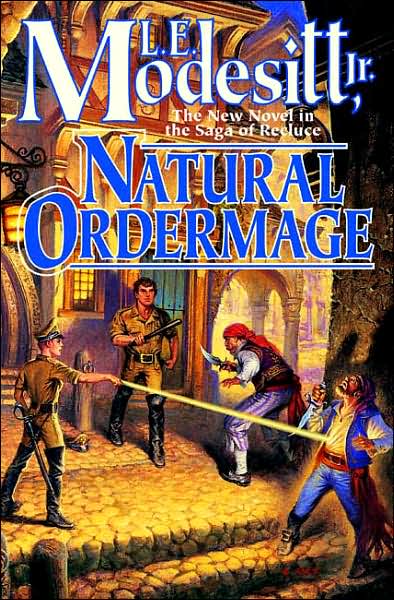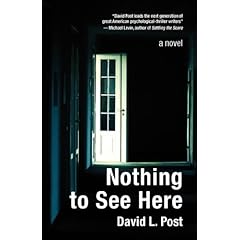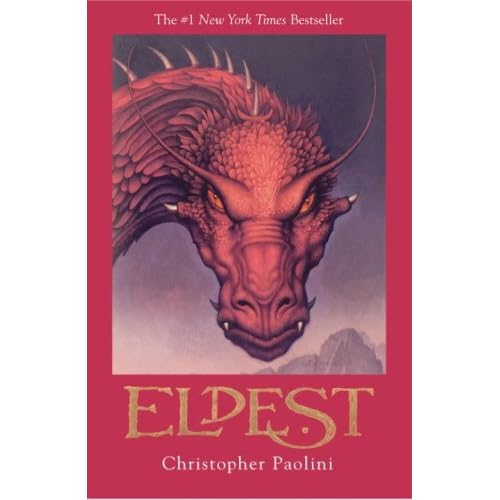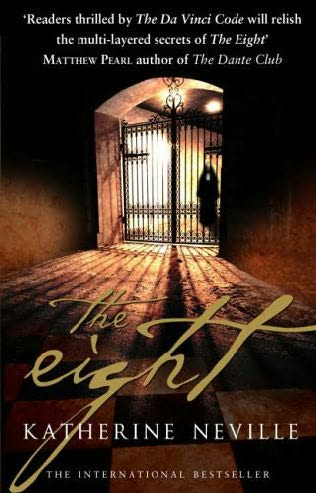 I couldn't finish this. Maybe it's just my being born a female and reading this, I don't know, but I laughed and laughed and laughed. Sorry, Erik von Markovik, no offense.
I couldn't finish this. Maybe it's just my being born a female and reading this, I don't know, but I laughed and laughed and laughed. Sorry, Erik von Markovik, no offense.
I enjoyed the show, I really did. The Pick-up Artist on VH1 was fun, different, experimental, and like well-constructed reality shows, had me wondering who would win the grand prize in the end. But I'll bet dollars to donuts the contestants didn't have to read this book.
It's not bad. It's interesting...to the point right before it becomes a confusing smattering of words that really contains only a simple message: Go get 'em, tiger!
I came into this book with an open mind, taking full note of the book's subtitle ('How to Get Beautiful Women Into Bed'). As a female, I figured I wouldn't agree with the perspective from which it was written, and I had that spot on. But, for gents seeking a heart-felt, long-lasting relationship with a woman, I don't believe they'd agree with the approach much either.
Though Markovik - sorry, Mystery - claims the techniques described within the book's pages is that of a Venusian artist (a play off of Venus, the goddess of love), all the actions, terms, politics and suggested approaches scream "player". Which is fine for those wishing to be a player. Not so much for the ladies who have likely spent years of their lives telling the little buggers off. And with a few of the techniques described ('negging', 'indicating disinterest', etc.), I can't say I wouldn't be socking any "budding Venusians" within five feet myself.
Ironically, out of the whole book, Mystery gives one line of clever advice to budding women picker-uppers that could easily substitute the whole book on its own on page 128: "Go, and be in the field, and listen to your intuition there." Which makes sense and is completely contradictory to Mystery's teachings of selective moves and sayings. But, hey, who am I to judge? Whatever works for you.
All I'm saying is that, in the course of things, when you've got a rugged stud that looks like Gregory House nursing a beer alone at the bar or, on the opposite side of the club, a guy with a fuzzy top hat and leopard-print coat parading a Playboy-bound pixie on each arm, I'm pretty sure I'd suddenly need a refill on my drink.
 The Ambler Warning is a psychiatric thriller ghostwritten under Robert Ludlum's name, published after his passing.
The Ambler Warning is a psychiatric thriller ghostwritten under Robert Ludlum's name, published after his passing. When you die, are you really dead? Can you keep on living through memory? Kevin Brockmeier's January release is built solely on these questions and many more, delivering a thought-provoking, deep and powerful novel unlike any other.
When you die, are you really dead? Can you keep on living through memory? Kevin Brockmeier's January release is built solely on these questions and many more, delivering a thought-provoking, deep and powerful novel unlike any other.











